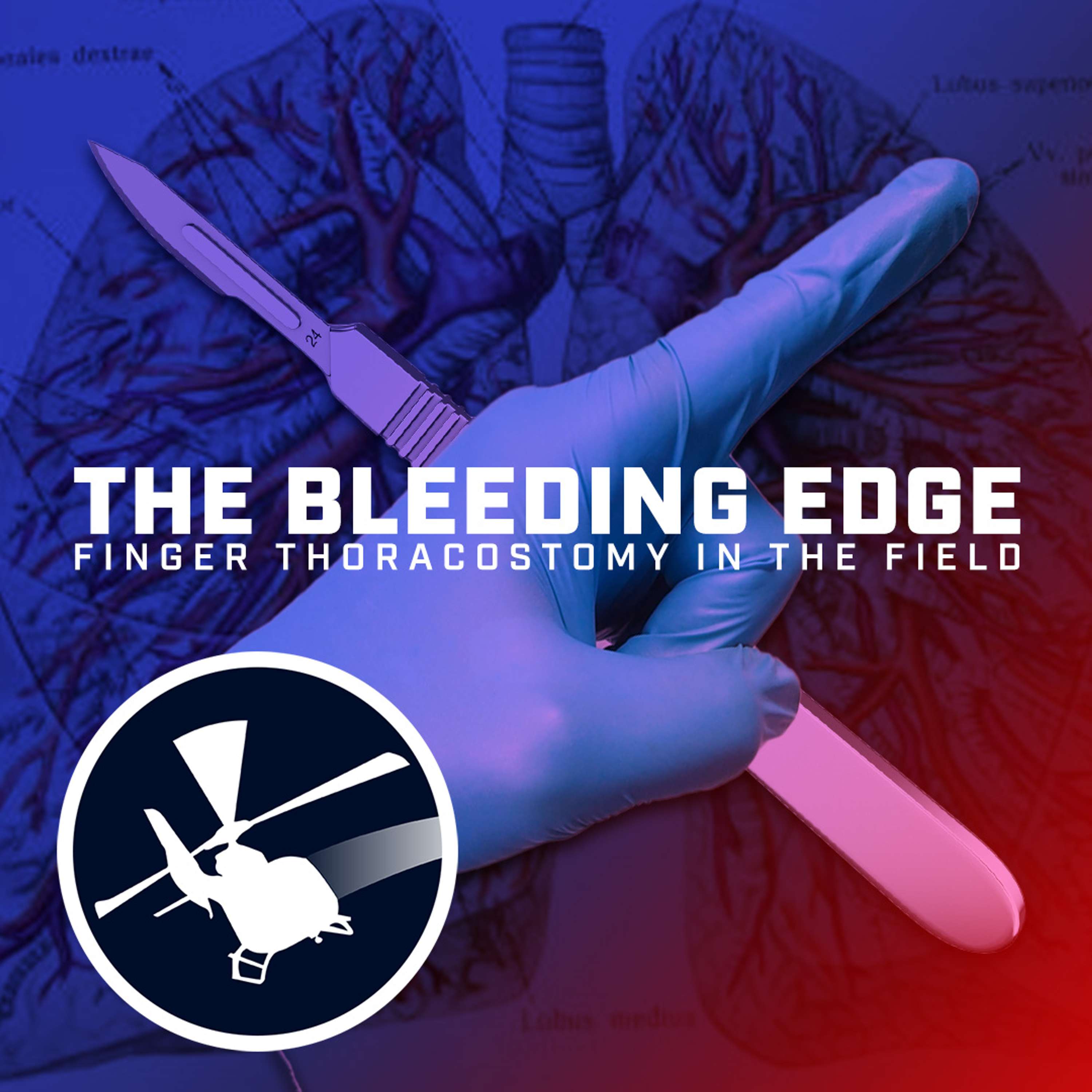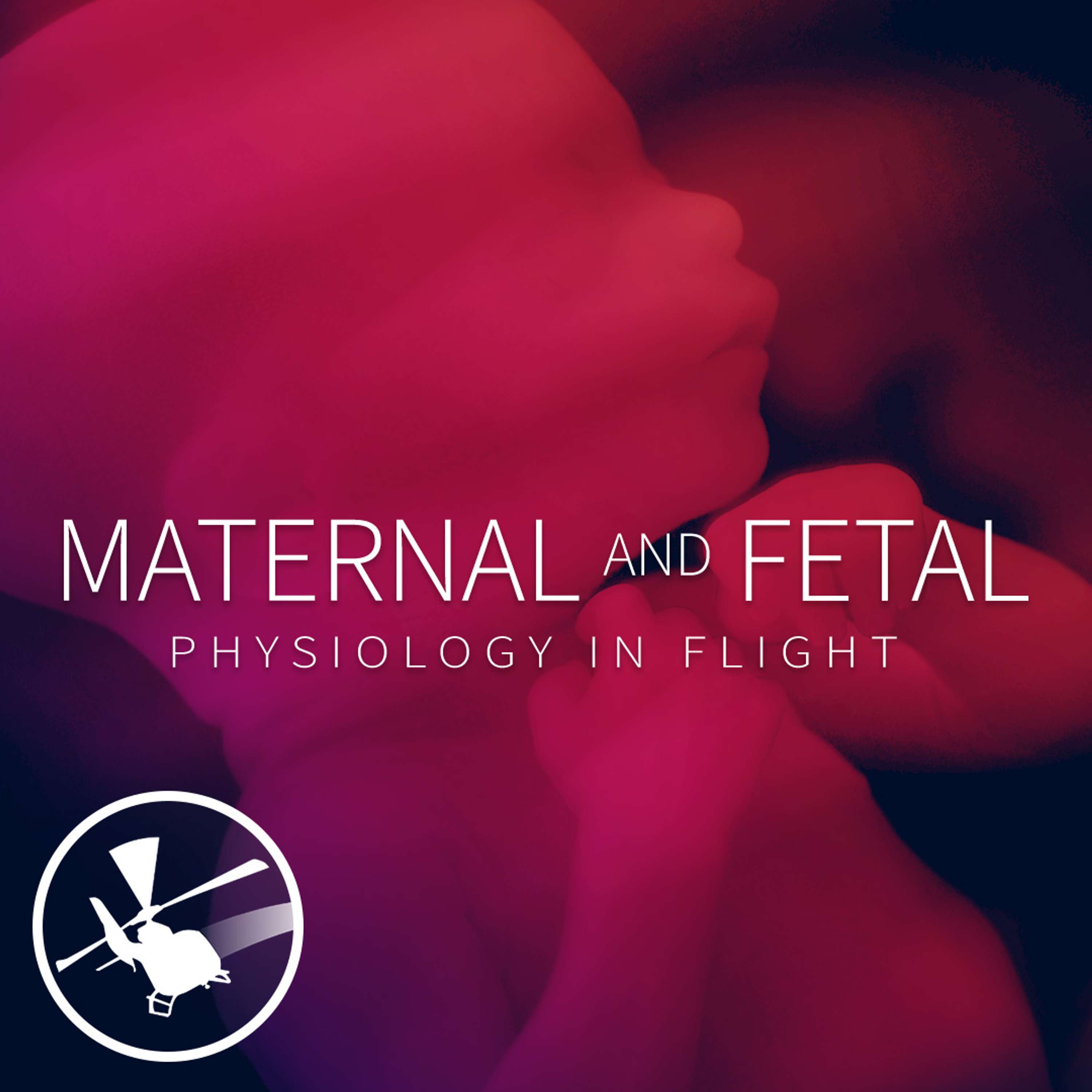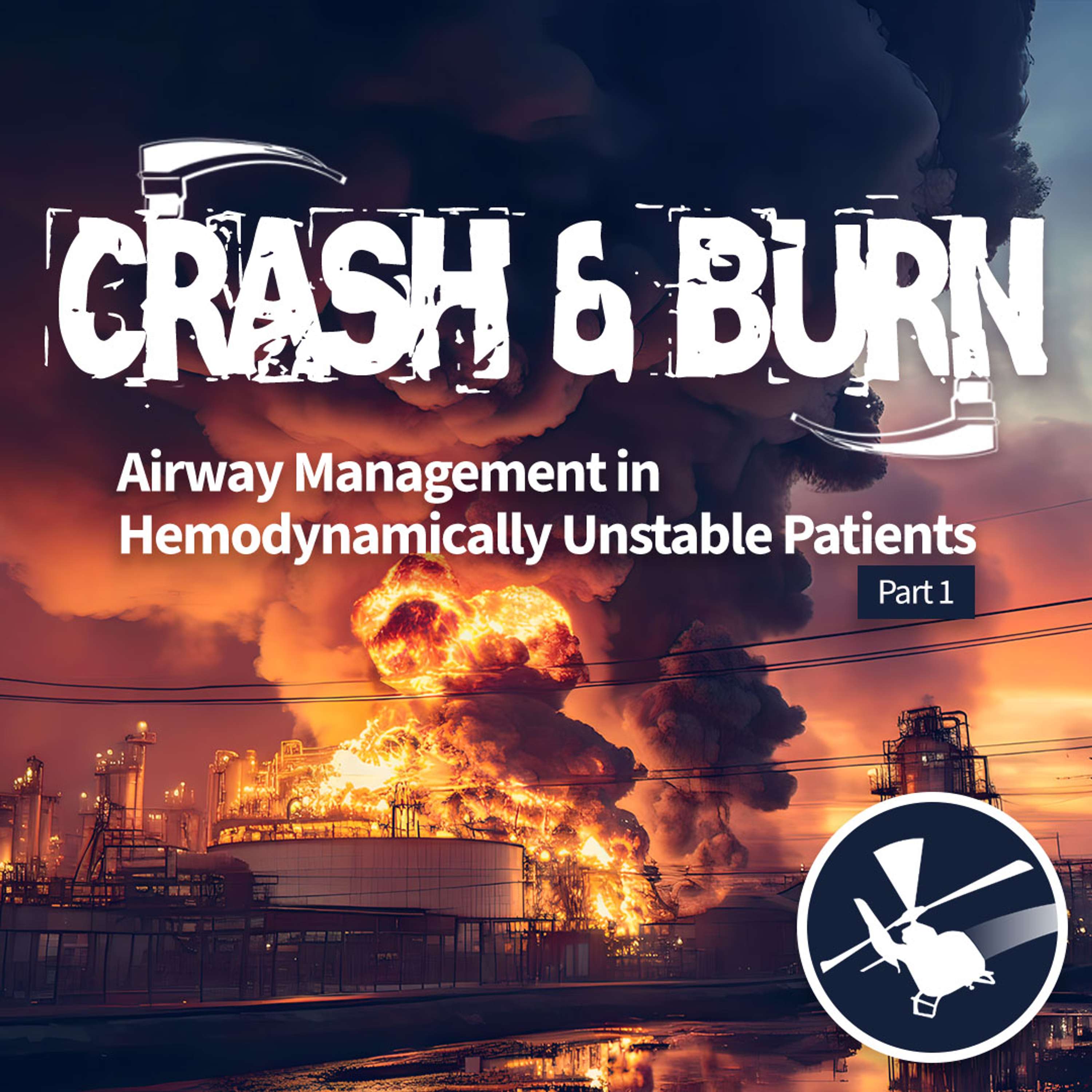CRASH & BURN: Airway Management in Hemodynamically Unstable Patients - Part 2
Description
In Episode 264 of the FlightBridgeED Podcast: MDCAST, Dr. Mike Lauria, Dr. Jeff Jarvis, and trauma anesthesiologist Dr. Chris Stevens return for Part 2 of their deep dive into airway management in profoundly hemodynamically unstable patients. In this episode, the trio explores controversial topics such as the use of pressors in trauma patients, mechanical ventilation in the pre-hospital setting, and the pharmacology of paralytic agents like rocuronium. They also address the highly debated practice of withholding sedatives in certain critically ill patients and emphasize the importance of proper timing when using neuromuscular blockade. This episode provides practical insights for new and seasoned pre-hospital and critical care transport medicine providers, especially when managing CRASH airways and peri-arrest situations.
Some Takeaways to Listen For in this Episode:
- Pressors in Trauma Patients: Dispels the myth that trauma patients shouldn’t receive pressors. Pressors can temporarily stabilize blood pressure while awaiting blood products or other resuscitation efforts.
- Mechanical Ventilation Post-Intubation: Highlights the importance of gentle, positive-pressure ventilation to avoid worsening hypotension in trauma patients.
- Rocuronium Use: This episode discusses optimal dosing and the importance of waiting the full 60–90 seconds for the drug to take effect to ensure successful intubation.
- Withholding Sedation: Explores the controversial practice of omitting sedatives in patients with a GCS of 3 who are completely unresponsive and peri-arrest. This is common in trauma anesthesia but remains debated in pre-hospital and critical care transport settings.
























